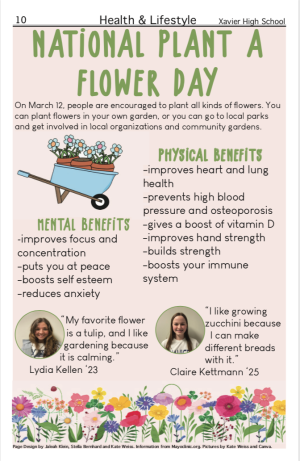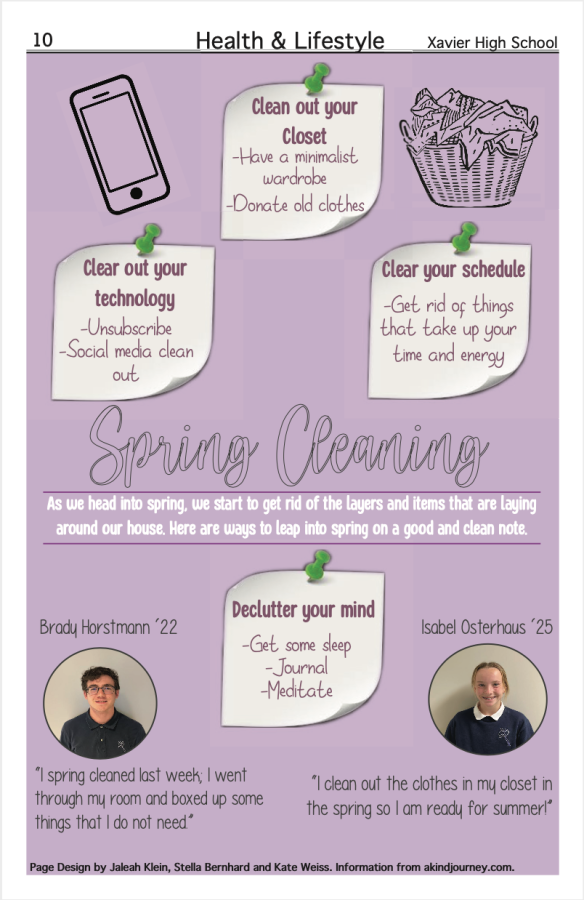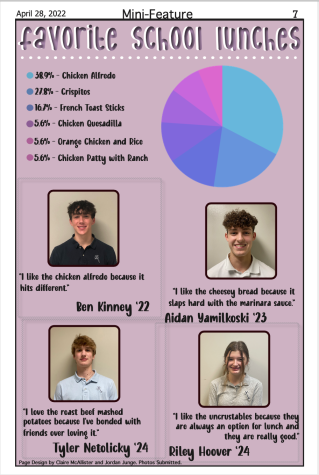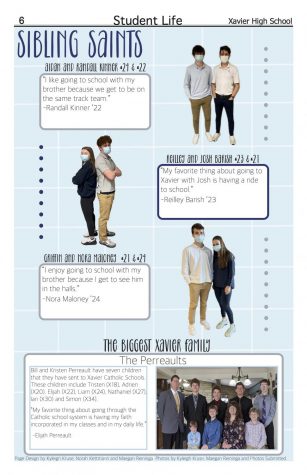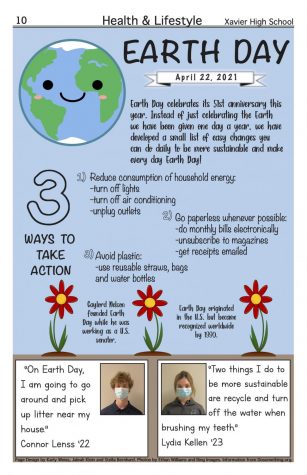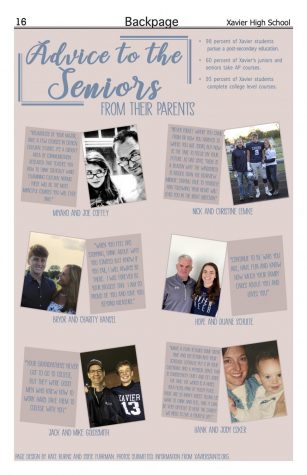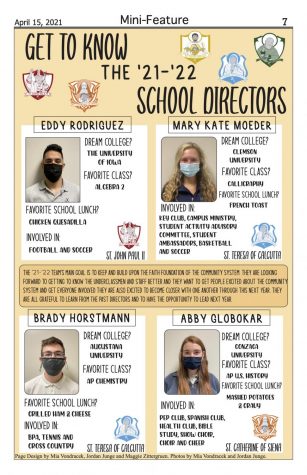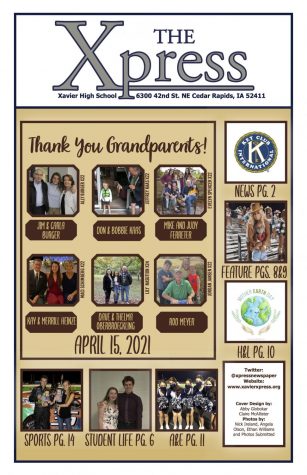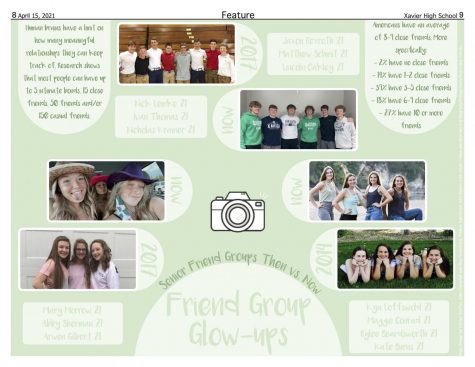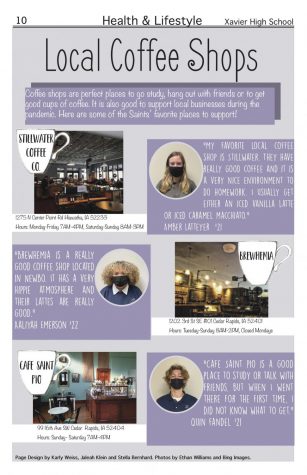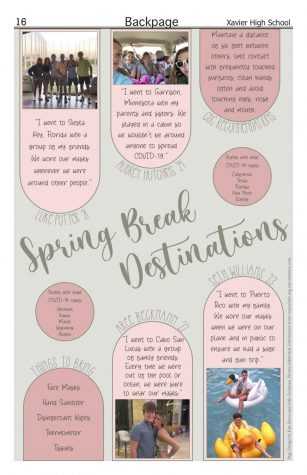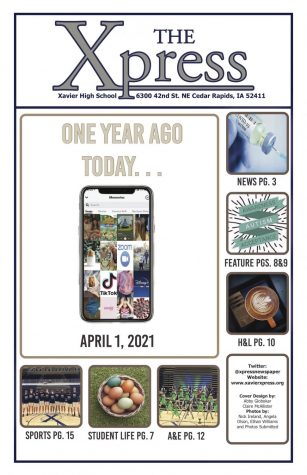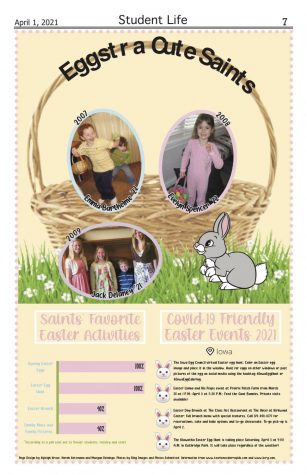Both a right and a privilege
November 18, 2021
United States can read in the New York Times that, in more recent years, young adults and teens have lost interest in our government system, which is ultimately leading to the decrease in the number of voters within this age. “Most young people in the United States don’t vote. Fewer than half of Americans 18 to 29 voted in the 2016 presidential election — a gap of more than 15 points compared to the overall turnout,” The New York Times said. The public has usually been ecstatic about the opportunity to vote at the poles in the past. For example, prior to the year 1920 when women were not allowed to vote, the women held marches and protests because they wanted the right to vote. Where has this gone nowadays? Why do young adults and high schoolers seem not to care? Researchers have found that the younger population has not been voting because it is out of habit for them. When you are not used to doing something commonly, it can be difficult to remember, especially when we only vote in the presidential election every four years. According to Health Line, it can take anywhere between 18 to 24 consecutive days to develop a new habit. As Americans, these young adults cannot vote everyday but if they see reminders everyday leading up to the election the event may become more relevant for them. Reminders like posters, flyers and advertisements may seem useless or a waste of materials but they help the public, especially the younger voters, remember to think about their choice and to actually vote when it comes to election day. Most teenagers are not even aware of the smaller elections, including the ones for mayors, judges and governors. The only election most people know about is the presidential election, which is held every four years. If smaller elections hadmorepublicity,therewould be more voters. Making people more aware of issues is part of the solution. When teenagers realize that their opinions matter and make a difference, they are more likely to actively participate in today’s government elections. More recently, teenagers have been voicing their opinions out loud for everyone to hear but, when they are given the chance to put their voices to action, they do not follow through. This may be because the voting age is 18 and a lot of teens cannot vote. However the young adults who are eligible either decide not to or forget. If high school students were more informed about how the voting system works, they would be more likely to vote. Again, the repetition of reminders about elections will help them remember but they will also be more informed on what is really going on. In eighth grade history class, middle schoolers typically learn about how the government and voting system works; the curriculum also urges them to vote when they’re older. It helps them realize how important their voices are and why they should vote. However, these eighth graders still have four to five years until they are able to vote. During a high schooler’s junior year, they are required to take some kind of United States History class. As of right now, there is no specific voting process unit. Something like this could help younger teens become more informed and engaged in their government as well as understand why their duty as a citizen is to vote. From my standpoint, learning about the voting process in the United States should be added to the curriculum near the end of October, right before Election Day in early November. This would help remind students why they should vote and how to make their voice heard. Teens’ ability to vote is not only a right but also a privilege our country has granted us. The younger generation has the opportunity to change the pathway of future generations and the country through the power of voting.

